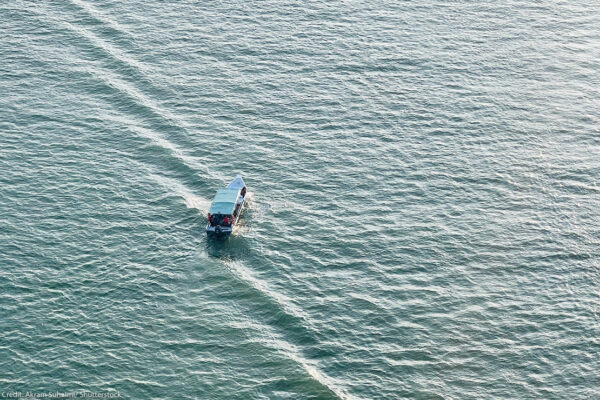I wrote this in 2004 for the San Francisco Chronicle, but it's still important.
In recent years there has been an increased use of identification checks as a security measure. Airlines always demand photo IDs, and hotels increasingly do so. They're often required for admittance into government buildings, and sometimes even hospitals. Everywhere, it seems, someone is checking IDs. The ostensible reason is that ID checks make us all safer, but that's just not so. In most cases, identification has very little to do with security.
Let's debunk the myths:
First, verifying that someone has a photo ID is a completely useless security measure. All the Sept. 11 terrorists had photo IDs. Some of the IDs were real. Some were fake. Some were real IDs in fake names, bought from a crooked DMV employee in Virginia for $1,000 each. Fake driver's licenses for all 50 states, good enough to fool anyone who isn't paying close attention, are available on the Internet. Or if you don't want to buy IDs online, just ask any teenager where to get a fake ID.
Harder-to-forge IDs only help marginally, because the problem is not making sure the ID is valid. This is the second myth of ID checks: that identification combined with profiling can be an indicator of intention.
Our goal is to somehow identify the few bad guys scattered in the sea of good guys. In an ideal world, what we would want is some kind of ID that denotes intention. We'd want all terrorists to carry a card that says "evildoer" and everyone else to carry a card that said "honest person who won't try to hijack or blow up anything." Then, security would be easy. We would just look at people's IDs and, if they were evildoers, we wouldn't let them on the airplane or into the building.
This is, of course, ridiculous, so we rely on identity as a substitute. In theory, if we know who you are, and if we have enough information about you, we can somehow predict whether you're likely to be an evildoer. This is the basis behind CAPPS-2, the government's new airline passenger profiling system. People are divided into two categories based on various criteria: the traveler's address, credit history and police and tax records; flight origin and destination; whether the ticket was purchased by cash, check or credit card; whether the ticket is one way or round trip; whether the traveler is alone or with a larger party; how frequently the traveler flies; and how long before departure the ticket was purchased.
Profiling has two very dangerous failure modes. The first one is obvious. Profiling's intent is to divide people into two categories: people who may be evildoers and need to be screened more carefully, and people who are less likely to be evildoers and can be screened less carefully.
But any such system will create a third, and very dangerous, category: evildoers who don't fit the profile. Oklahoma City bomber Timothy McVeigh, Washington-area sniper John Allen Muhammed and many of the Sept. 11 terrorists had no previous links to terrorism. The Unabomber taught mathematics at UC Berkeley. The Palestinians have demonstrated that they can recruit suicide bombers with no previous record of anti-Israeli activities. Even the Sept. 11 hijackers went out of their way to establish a normal-looking profile; frequent-flier numbers, a history of first-class travel and so on. Evildoers can also engage in identity theft, and steal the identity -- and profile -- of an honest person. Profiling can result in less security by giving certain people an easy way to skirt security.


